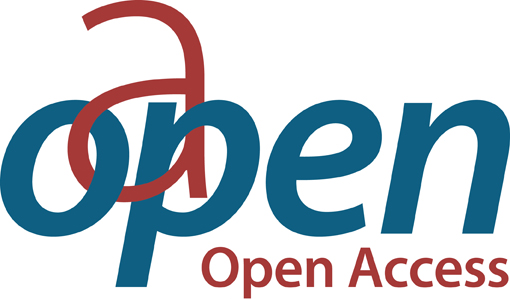Visualizing the invisible with the human body
Contributor(s)
Cale Johnson, J. (editor)
Stavru, Alessandro (editor)
Language
EnglishAbstract
Physiognomy and ekphrasis are two of the most important modes of description in antiquity and represent the necessary precursors of scientific description. The primary way of divining the characteristics and fate of an individual, whether inborn or acquired, was to observe the patient’s external characteristics and behaviour. This volume focuses initially on two types of descriptive literature in Mesopotamia: physiognomic omens and what we might call ekphrastic description. These modalities are traced through ancient India, Ugaritic and the Hebrew Bible, before arriving at the physiognomic features of famous historical figures such as Themistocles, Socrates or Augustus in the Graeco-Roman world, where physiognomic discussions become intertwined with typological analyses of human characters. The Arabic compendial culture absorbed and remade these different physiognomic and ekphrastic traditions, incorporating both Mesopotamian links between physiognomy and medicine and the interest in characterological ‘types’ that had emerged in the Hellenistic period.This volume offer the first wide-ranging picture of these modalities of description in antiquity.
Keywords
Physiognomy Description EkphrasisDOI
10.1515/9783110642698ISBN
9783110642681;9783110618266Publisher
De GruyterPublisher website
https://0-www-degruyter-com.catalogue.libraries.london.ac.uk/Publication date and place
Berlin/Boston, 2020Series
Science, Technology, and Medicine in Ancient Cultures, 10Classification
Literary studies: ancient, classical and medieval
History of science


 Download
Download Web Shop
Web Shop